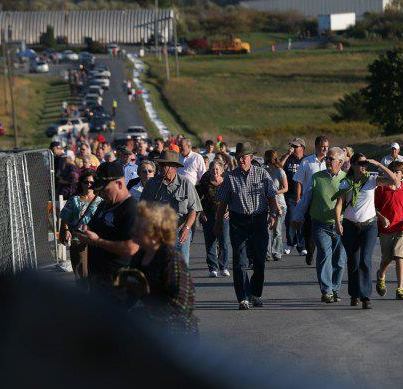That is because your firearm rights do depend upon this election. If the Democrats retain control of Congress, you can be assured of a new assault weapons ban along with a magazine ban. Fortunately, if the polls are correct, the Republicans should take at least the House of Representatives and possibly the Senate.
In most areas, early voting has concluded and you must vote in person on Election Day. As I write this, the polls will open in less than 48 hours in most states.
If you are unsure of where a candidate stands on gun rights, most gun rights organizations will have candidate ratings. Some will only rate Congressional candidates and state level races while others will drill down to state house and senate races.
If you are a North Carolinian, your best source is the Grass Roots North Carolina-PVF. Their ratings don’t give extra weight to incumbents unlike the NRA. Moreover, they take a hardline approach to candidates who blow off their issues survey. If you blow off the survey and have no voting record, you get zero stars. I still shake my head at local Republicans who do this such as Pratik Bhakta in my state house district. He did get an AQ rating from the NRA but I don’t know how.
The National Shooting Sports Foundation doesn’t rate head-to-head races for Congress. However, they do have a report card with the ratings of each member of the House and Senate. Bear in mind that some of these politicians are not running again or have been defeated in primary.
The NRA-PVF does rate candidates for Congress, state legislatures, and some other races like the North Carolina Supreme Court. You do not need to be a member to see their ratings and endorsements. Just click on your state on the map they have to find their ratings and endorsements.
Gun Owners of America only does Congressional races. Their ratings do differ a bit from that of the NRA and are a bit tougher in general. You can find them here.
If I had one suggestion to make here besides making your voice heard by voting, it would be to seek out the ratings or recommendations from your state level gun rights group first. This is especially true when it comes to state legislators and other state and local candidates. Whereas the NRA-ILA may have one representative covering two or more states, the state level groups know who is who on the local basis. They know who has stood with them in the past, who has worked with them at various levels of government, and who has actually attended their events.




